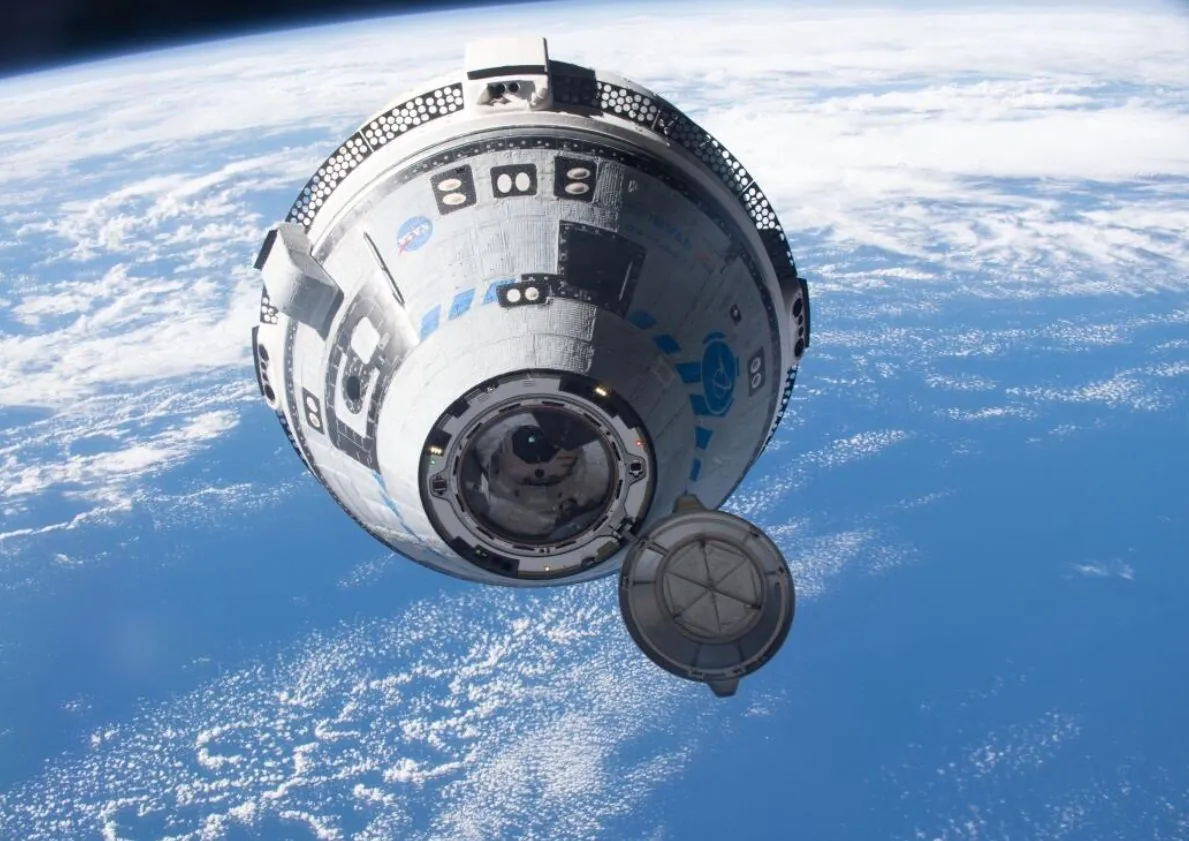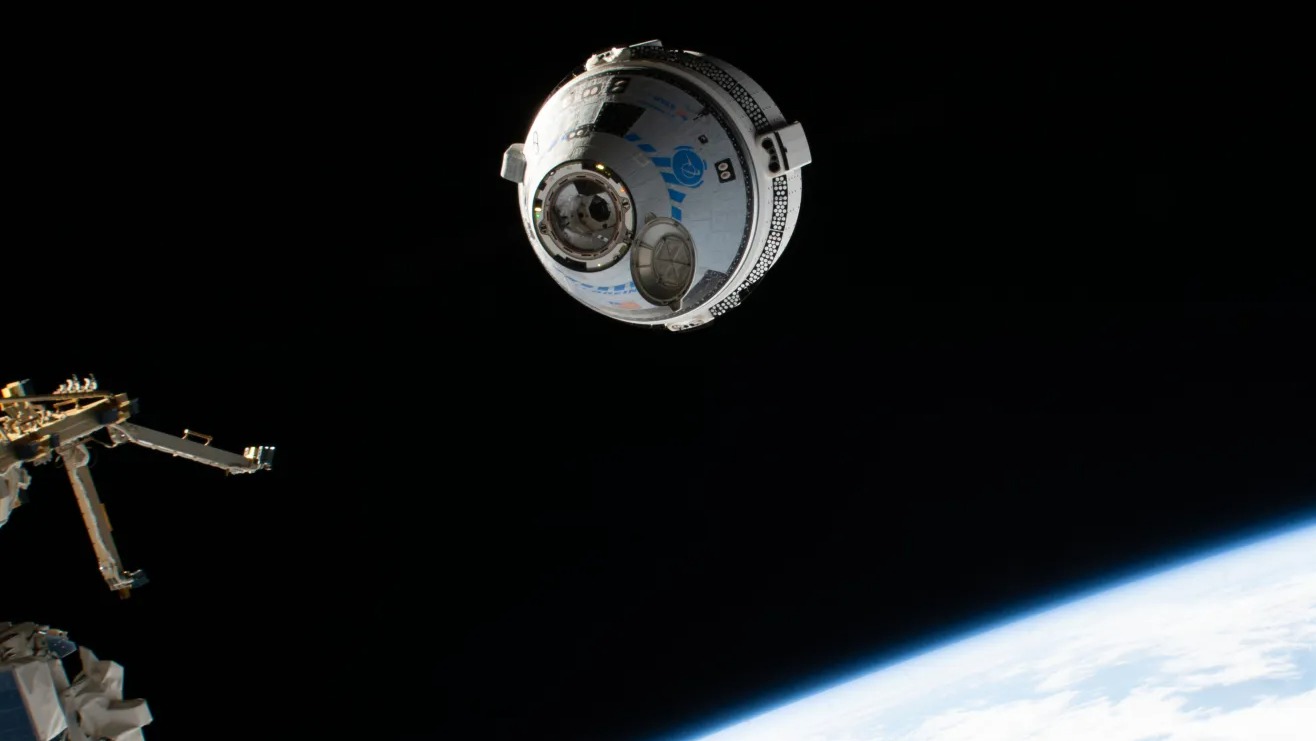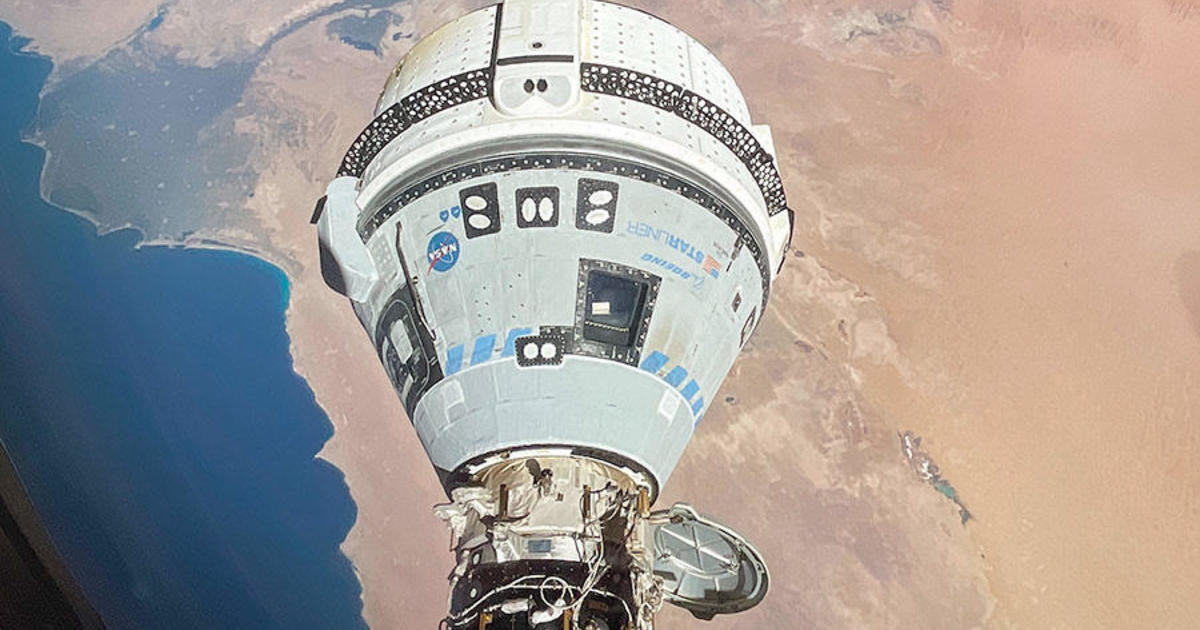Boeing’s Starliner capsule, plagued by helium leaks, will remain docked at the International Space Station (ISS) for an additional four days, NASA announced on Tuesday. This extension aims to give more time for thorough testing and to assist with ISS activities. The capsule, part of a critical test flight, will return to Earth with a pre-dawn landing at White Sands, New Mexico, on June 26, concluding a 20-day mission — the first with astronauts on board.

Addressing Helium Leaks and Thruster Issues
The extended docking period will allow Starliner commander Barry “Butch” Wilmore and co-pilot Sunita Williams more time to assist aboard the ISS while flight controllers analyze telemetry and finalize re-entry plans. This scrutiny follows the discovery of five helium leaks in the capsule’s propulsion system and unexpected behavior in several maneuvering jets.
One of the malfunctioning jets will remain unused for the rest of the flight. However, other suspect thrusters were successfully “hot fired” during a Saturday test, boosting confidence that they will function as required to lower Starliner from orbit for re-entry and landing. Despite the helium leaks, engineers are confident the spacecraft retains more than ten times the necessary helium for the remainder of the mission.
Steve Stich, NASA’s Commercial Crew Program manager, emphasized that the Starliner could safely return Wilmore and Williams to Earth as it is, should an immediate departure be necessary. However, the current plan involves undocking from the ISS’s forward port at 10:10 p.m. EDT on June 25 and using the ship’s aft-facing thrusters to exit orbit early the next day, leading to a parachute-and-airbag-assisted landing at White Sands at 4:51 a.m. EDT.
Impact on Spacewalks and ISS Operations
The additional docked time will also impact planned ISS operations. On June 24, astronauts Tracy Dyson and Mike Barratt are scheduled for a spacewalk (EVA) to retrieve a faulty radio transmitter and collect swabs near vents and the station’s airlock to detect potential microorganisms.
An initial attempt at this spacewalk on June 13 was aborted due to a discomfort issue reported by astronaut Matthew Dominick. Rather than investigating the suit problem immediately, NASA managers decided to reschedule the EVA with Dyson and Barratt, consolidating tasks from the planned second and third spacewalks into a single excursion on July 2.
Future of Starliner’s Certification and Crew Missions
Starliner’s current mission, launched on June 5, has faced multiple delays and issues, including problems with its Atlas 5 rocket and a countdown computer. After an initial helium leak during launch preparations, four additional leaks developed once in orbit, leading the flight computer to take seven maneuvering jets offline due to telemetry discrepancies.
Despite these setbacks, Saturday’s hot-fire test showed that the necessary jets for post-undocking maneuvers and the critical de-orbit burn will function correctly. Engineers remain confident that the helium leaks can be managed, even if conditions worsen after undocking.

The extra days docked to the ISS provide valuable time to review data and monitor telemetry from the Starliner’s service module, where the thrusters and helium pressurization systems are located. “We’re taking extra time given that this is a crewed vehicle, we want to make sure that we haven’t left any stone unturned,” Stich said. The service module, which is discarded before re-entry, will burn up in the atmosphere, preventing direct inspection of the hardware.
